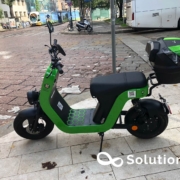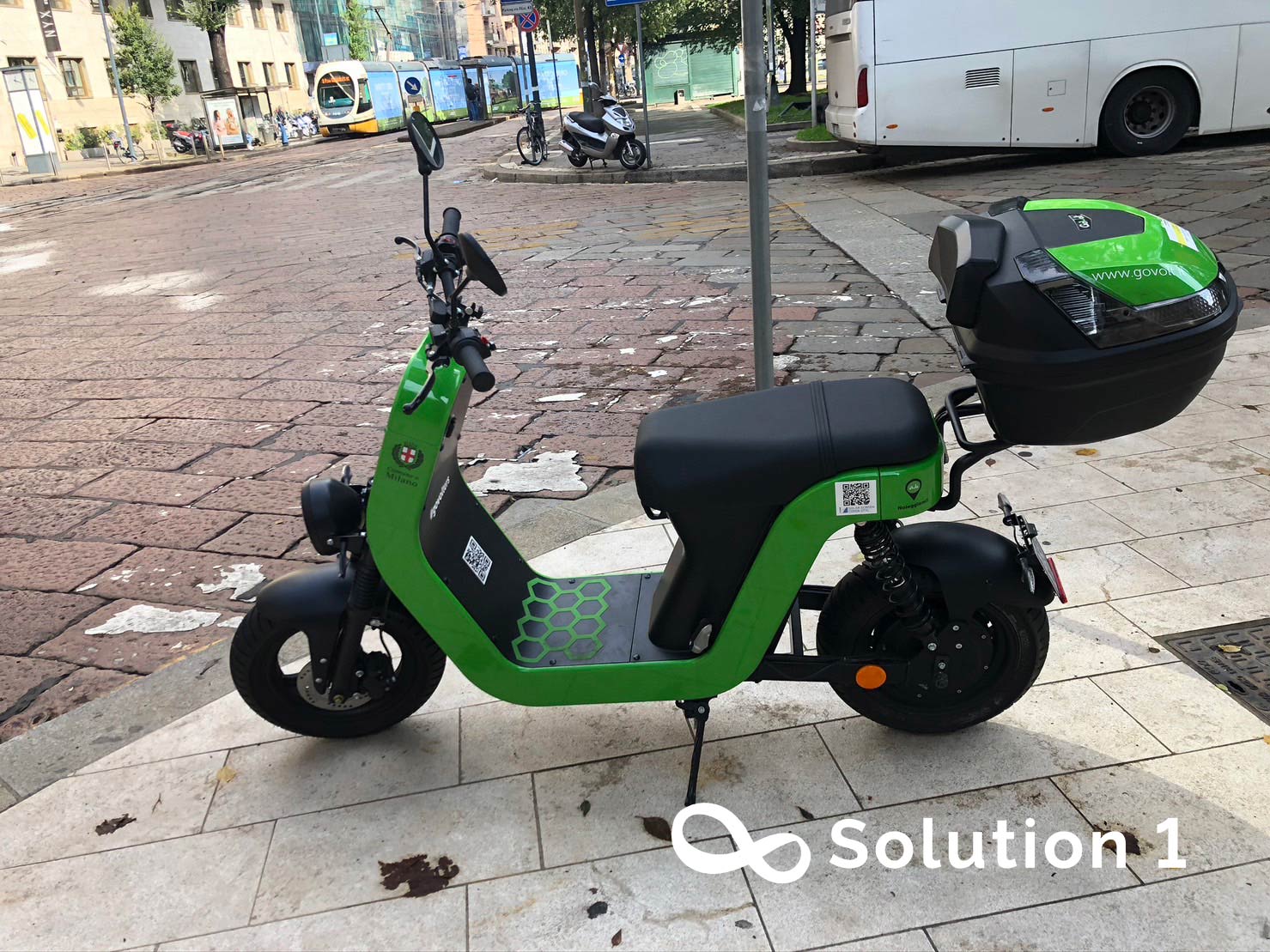Green solution: battery-swapping services for electric scooters gaining popularity in Asia.
Scooters are especially the favored transport mode in Southeast Asian countries and offer a number of benefits, including relatively affordable private vehicle ownership, quick and efficient personal transport, and space-saving vehicle options. However, although providing riders with a convenient means of traveling on congested city streets, gasoline-powered scooters create significant emissions and cause severe environmental damage. Electric scooters tend to perform more energy-efficiently, thus becoming increasingly popular and being introduced in several cities worldwide.
Initially, battery swapping stations were designed for electric vehicles. It refers to the rapid recovery of electric vehicle energy by replacing batteries when they are about to run out. In 2011, Israel’s Better Place first promoted battery swapping in Denmark. Tesla, an American electric vehicle giant, also launched a pilot project for replacing electric vehicles.
Battery swapping is an innovative electric vehicle refueling model that can be used by electric vehicles with a detachable battery. Whenever the charge gets depleted, the driver can visit a battery-swapping station and replace the depleted battery with a fully charged one within a few minutes. The batteries are owned, maintained, and charged by the swapping service provider, and the vehicle operator pays a fee for the service.
Organizations in Taiwan and Mainland China have recently been successful in operating battery-swapping services for electric scooters. In Taiwan, Gogoro and Kymco are the leaders in this space. Gogoro has built the battery-swapping network and manages 2,504 battery-swapping stations and 750,000 smart EV batteries in Taiwan.
Immotor is the leading battery-as-a-service provider for electric scooters in China. It operates in more than 50 cities and counts 600,000 daily battery-swapping orders. India is the biggest two-wheeler market in the world, currently, not many two-wheeler vehicle models in the country support the battery-swapping model.
With 610 scooters per 1000 population, Taiwan has the highest motor scooter ownership rate globally. Starting in 2016, the Taiwanese government has provided financial incentives to encourage people to replace their old, high-emitting gasoline scooters with cleaner ones. Like global electric vehicle market adoption, fiscal subsidies are also a major driver of e-scooter adoption in Taiwan. The e-scooter sales market share reached a record 18.7% in 2019 but fell to below 10% in 2020 when the subsidies were cut. Unlike the electric vehicle charging ecosystem, battery swapping has become mainstream for e-scooter recharging in Taiwan. The Taiwanese company Gogoro has successfully popularized the idea by deploying a battery swap network.
By the end of 2022, more than 2504 swap stations have been built, exceeding the number of gas stations in Taiwan. Before the emergence of Gogoro in 2016, lightweight e-scooters used to be more common in Taiwan but are still available in the current market, taking about 13% of the sales market share. On March 30, 2022, the Taiwanese government officially published “Taiwan’s Pathway to Net-Zero Emissions in 2050”, setting out a clear timetable for the ICE ban, including electrifying all new sales of scooters by 2040. However, it remains questionable whether e-scooters can truly help achieve the emission goals and if they are economically attractive for large-scale adoption.





